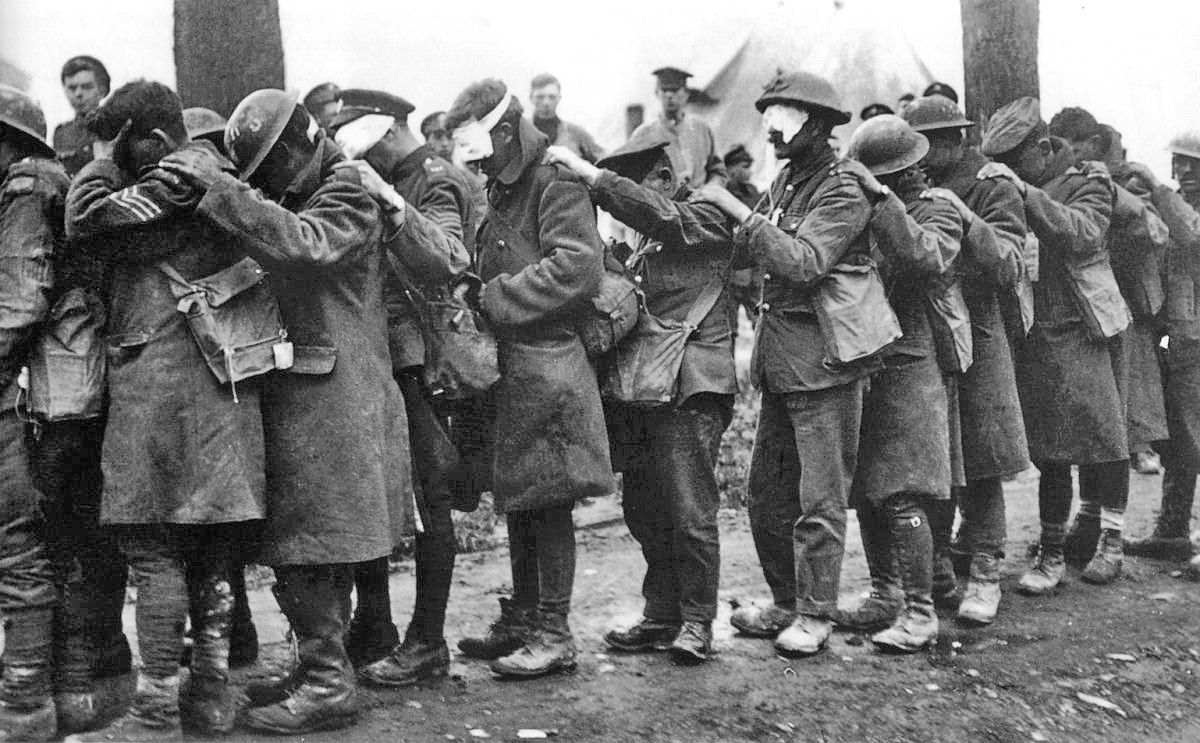
England during World War I
Central EuropeThe United Kingdom was a leading Allied Power during the First World War of 1914–1918. They fought against the Central Powers, mainly Germany. The armed forces were greatly expanded and reorganised—the war marked the founding of the Royal Air Force. The highly controversial introduction, in January 1916, of conscription for the first time in British history followed the raising of one of the largest all-volunteer army in history, known as Kitchener's Army, of more than 2,000,000 men. The outbreak of war was a socially unifying event. Enthusiasm was widespread in 1914, and was similar to that across Europe.
Fearing food shortages and labour shortfalls, the government passed legislation such as the Defence of the Realm Act 1914, to give it new powers. The war saw a move away from the idea of "business as usual" under Prime Minister H. H. Asquith, and towards a state of total war (complete state intervention in public affairs) by 1917 under the premiership of David Lloyd George; the first time this had been seen in Britain. The war also witnessed the first aerial bombardments of cities in Britain.
Newspapers played an important role in maintaining popular support for the war. By adapting to the changing demographics of the workforce, war-related industries grew rapidly, and production increased, as concessions were quickly made to trade unions. In that regard, the war is also credited by some with drawing women into mainstream employment for the first time. Debates continue about the impact the war had on women's emancipation, given that a large number of women were granted the vote for the first time in 1918.
The civilian death rate rose due to food shortages and Spanish flu, which hit the country in 1918. Military deaths are estimated to have exceeded 850,000. The Empire reached its zenith at the conclusion of peace negotiations. However, the war heightened not only imperial loyalties but also individual national identities in the Dominions (Canada, Newfoundland, Australia, New Zealand and South Africa) and India. Irish nationalists after 1916 moved from collaboration with London to demands for immediate independence, a move given great impetus by the Conscription Crisis of 1918.
